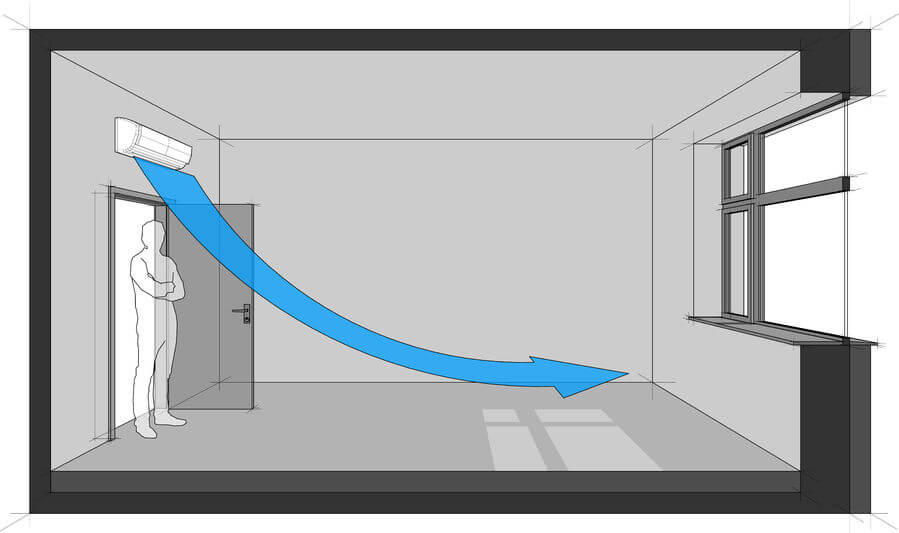
7 Benefits of Split Air Conditioning Systems
Split air conditioning systems are, as their name implies, split into two or more units. In the typical setup, one component is inside the building, and one is outside. First seen in Japan, split air conditioning systems are becoming more popular in other parts of the world. Many central air conditioning systems these days have split components like this.
Split air conditioning systems have their compressor outside, on the ground or on brackets hung onto the wall. Some models come with multiple indoor units that use a single compressor. They are sometimes called ductless air conditioning units, since they do not use ducts to circulate the air.
Seven benefits of split air conditioning systems
- Easy installation. Since there is no ductwork to install, the units are easy to set up. The indoor unit can be up to 100 feet away from the outdoor condenser, yet the only space required is a small hole in a wall for the copper tubing and control wiring. The condenser unit can even be positioned on a flat section of roof if available.
- Easy maintenance. Split air conditioning systems are easy to maintain. They have washable filters and require only routine cleaning periodically. Outdoor units are designed for easy access for maintenance and repair.
- Quiet operation. The indoor units of these systems are typically quiet enough for libraries, classrooms, boardrooms, and bedrooms. The outdoor components can be installed under a window or near a patio without disturbing anyone.
- Heating capability. Most split air conditioning units provide “climate control” with additional heating as well, so you can live and work comfortably year-round.
- Cost effectiveness. Split air conditioning systems work well in situations where rooms only need to be cooled at certain times, for example, living rooms during the day and bedrooms at night. Inside wall or ceiling units can distribute the cooled air with precision and more cost effectively. You save energy, since smaller fan motors are used and individual units run at different times.
- Simple control. Most units come with a remote control, as well as a wall mounted thermostat, and temperature control is easy and convenient.
- Attractive design. Instead of a big, clunky window unit you have air conditioning units that blend well into indoor decor. There is no need to block your windows, either.
Split air conditioning systems have many advantages that make them worth considering when you’re shopping for air conditioning. An HVAC professional can give you more details about which system is best for your needs.
Learn more:
What Is a Mini-Split Air Conditioner?
Duct-less Air Conditioning Options
Air Conditioning Sizing Recommendations
Single Room Units vs. Central Air Conditioning